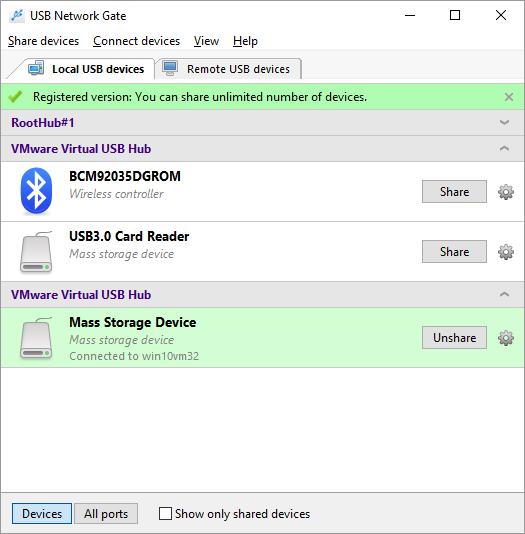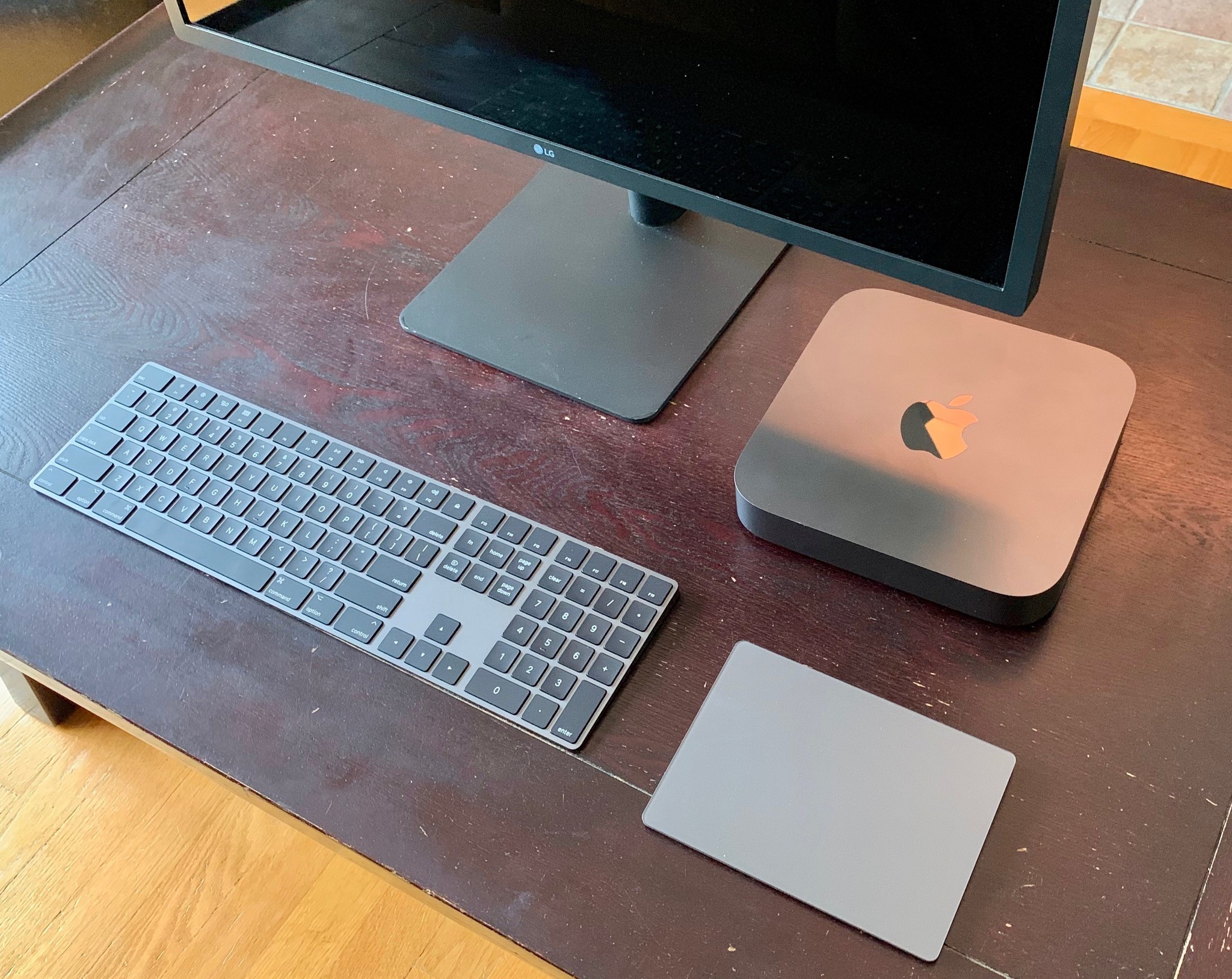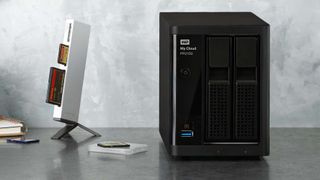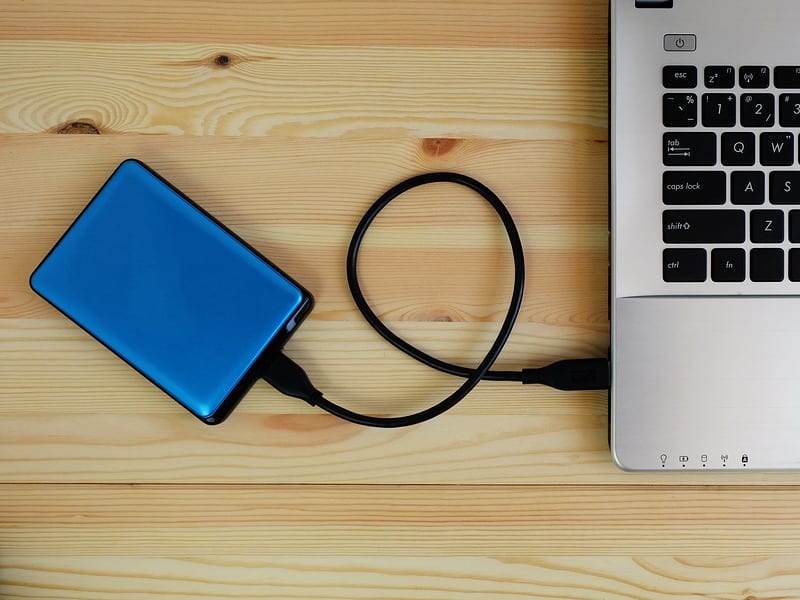

- #BEST NETWORK STORAGE FOR BOTH MAC AND PC MAC OS X#
- #BEST NETWORK STORAGE FOR BOTH MAC AND PC MOVIE#
- #BEST NETWORK STORAGE FOR BOTH MAC AND PC INSTALL#
- #BEST NETWORK STORAGE FOR BOTH MAC AND PC SOFTWARE#

#BEST NETWORK STORAGE FOR BOTH MAC AND PC MAC OS X#
NAS devices show up automatically in the Network section of either Windows Explorer or Mac OS X Finder-alternatively, they can be mapped as lettered drives in Windows or dragged to the Dock in OS X. That means music, movies, photos and documents no longer need to be redundantly stored on multiple computers throughout the home. Because they are always on and always connected to your network, NAS devices can function as a central repository for data you use on a variety of devices. What makes NAS drives truly fascinating devices is everything they do besides backup. If NAS devices were just about backup, they'd be the equivalent of buying a single, really good insurance policy for all your data-practical, but hardly exciting. Iomega's iConnect can work via Wi-Fi or Ethernet. Pogoplug and Seagate's GoFlex require an Ethernet connection. The good news is that devices such as the Pogoplug, Seagate FreeAgent GoFlex and Iomega iConnect allow you to turn USB drives into networked drives. Not everybody wants to buy a new network-attached storage (NAS) drive-especially those who've invested in a USB backup drive.

The downside is that you are effectively paying for twice the storage capacity you can actually use, but the peace of mind is bulletproof. Configuring RAID on a computer is geeky stuff, but most NAS drives walk you through the process in plain English when you set them up.

If one fails, the other maintains your files and repopulates them to a replacement drive. (NAS drives can be outfitted to staggering capacities-a four-bay device can hold up to 8 TB.) Like most computers, NAS drives allow you to set up your drives in a RAID (redundant array of independent disks) configuration that mirrors your data across drives. You'll want at least double the storage you need to back up all the computers on your network. Start by buying a two-bay NAS-you can buy diskless NAS enclosures cheaply and add your own drives or buy a NAS with drives included. If you buy the right drive and configure it properly, you can effectively design a foolproof double-backup system that ensures you'll never lose your data.
#BEST NETWORK STORAGE FOR BOTH MAC AND PC SOFTWARE#
You can use the software that comes with the NAS or use the automated backup functionality built into Microsoft Windows or Time Machine in Mac OS X. Back It Upīecause they operate over your network, NAS drives centralize backup for all the computers in the house. (A comparable capacity USB desktop drive will cost between $80 and $100.) That extra cash, however, buys you plenty of flexibility and functionality. A variety of manufacturers such as Iomega, Western Digital, Seagate, Buffalo and D-Link make these devices expect a 1 TB NAS drive to cost between $120 and $220. They will, however, tend to set you back a bit more than your average external hard drive. They are, in fact, little computers in their own right, delivering most of the functionality of a business-style server with a more consumer-friendly interface and a more wallet-friendly price. Because they are tied to the network, rather than to any one computer, NAS drives continue to be available even when your computers are turned off. Instead, they connect to a router via Ethernet or Wi-Fi and are visible to any computer connected to that network. NAS drives aren't hooked directly to any one computer. That's when you want a hard drive with a brain-a network-attached storage (NAS) drive.
#BEST NETWORK STORAGE FOR BOTH MAC AND PC MOVIE#
But say you have multiple computers in the house, or a gaming system, or a networked security camera, or a huge music and movie collection that you'd like to stream out to a variety of portable devices.
#BEST NETWORK STORAGE FOR BOTH MAC AND PC INSTALL#
For both internal and external drives, the setup is generally plain and simple: Plug your drive in, wait for the driver to install and-voilà!-more capacity.Ī dumb drive is actually great if all you want is extra storage or a place to back up data from a single PC. Hard drives have traditionally been pretty dumb devices-for the most part, they neither know nor care about the machine they are attached to.


 0 kommentar(er)
0 kommentar(er)
